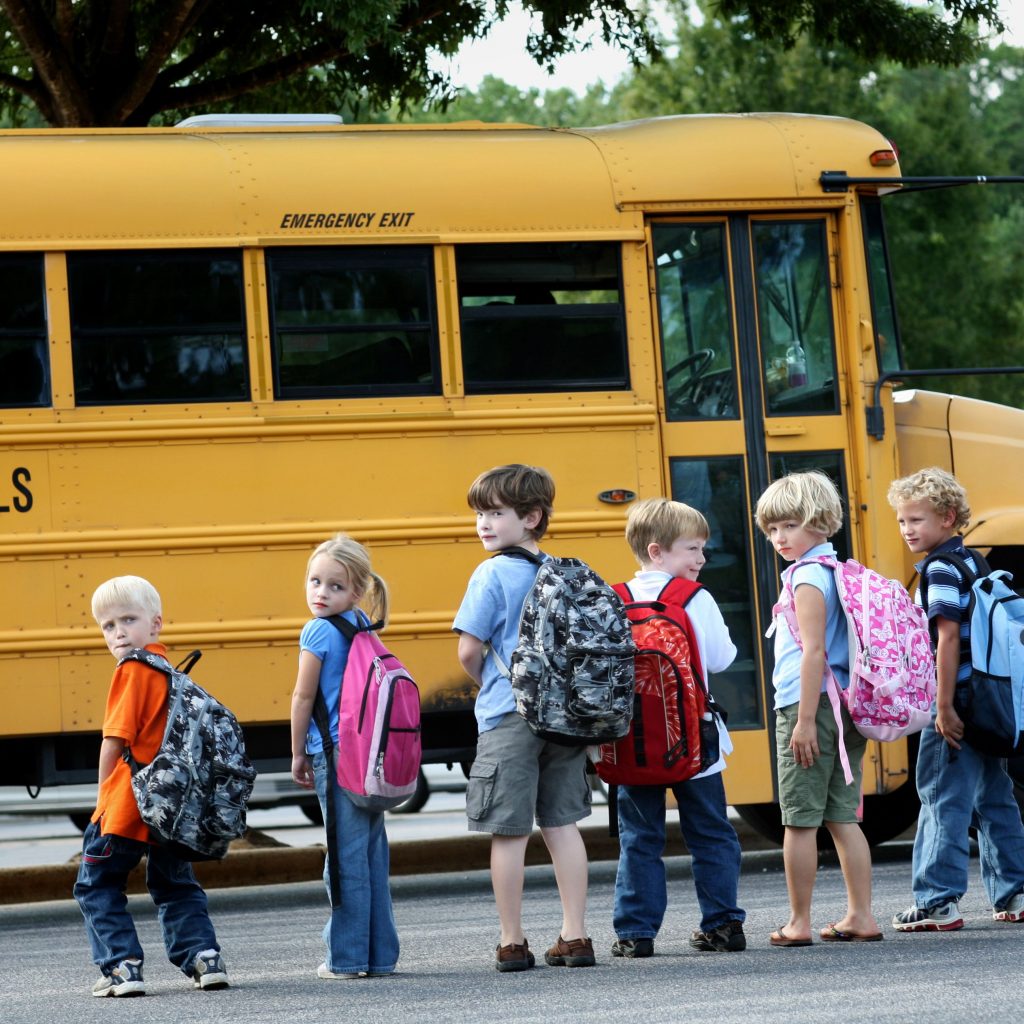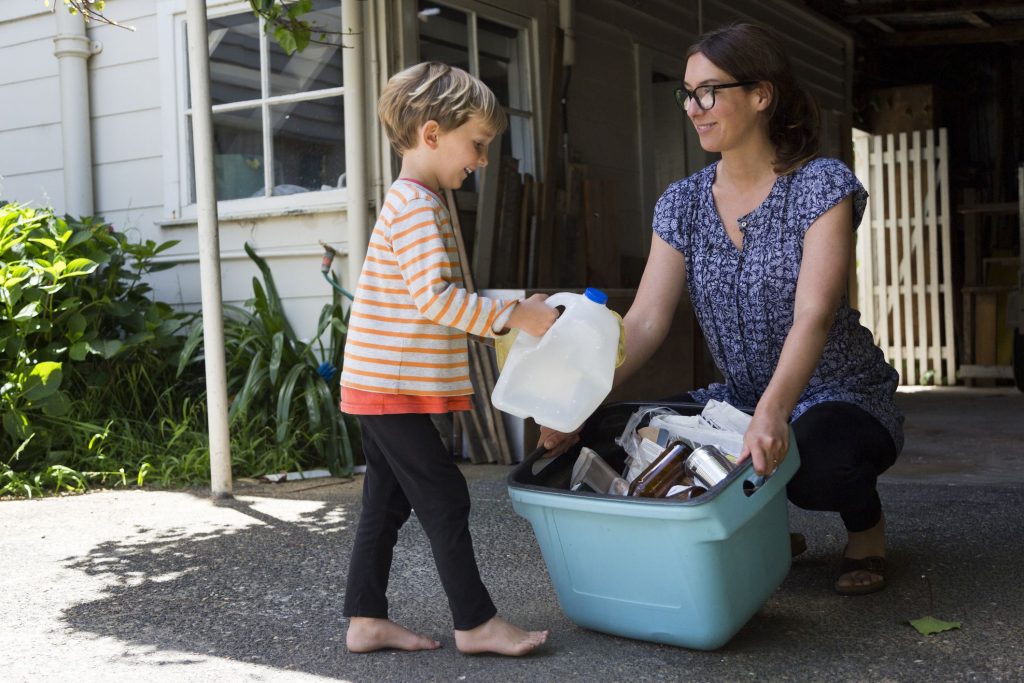The primary cause of anxiety for many parents today is protecting their children from acts of violence at school. In general, parents and school officials are concerned about preventing children from becoming either aggressors or victims.
What is being done to ensure my child’s safety in school?

Despite the extraordinary media coverage of violence in our schools, students are safer there than in any other place except their homes. Still, school officials recognize the potential threats to the safety of children attending school and school-related activities. Many are seeking ways to help school personnel control the school environment more effectively and to be more visible and available to students who need better guidance. In some districts, for example, drivers of school vehicles must complete rigorous training in managing student behavior, as well as operating their vehicles safely. In addition, more school districts are requiring routine drug screening for vehicle operators and are training school personnel in crisis management and violence intervention. Other violence-reduction strategies include:
- Teaching prevention skills: Students are being taught mediation skills (problem solving and communication) and ways to handle their emotions–especially anger–without hurting others. These skills will help them avoid potentially dangerous situations. Students are also being taught “safe” behaviors, such as doing activities in groups, alerting school personnel if a stranger is on school grounds, and reporting situations that threaten other students’ safety.
- Providing alternatives to gangs: School districts and communities are working together to offer students alternatives to gang membership, including activities that build self-esteem and help students deal with feelings of powerlessness. Strategies include providing special assistance to students who are at risk of gang membership, creating an atmosphere that fosters a sense of belonging in all students, informing parents and school staff about gangs (and teaching students how to avoid being drawn into them), and giving students regular opportunities to discuss school experiences and to plan for future successes and rewards. (RELATED: How to prevent kids from joining gangs?)
- Improving school designs: As school buildings are constructed and old ones are renovated, safety has become an essential element of their design. In new schools, office areas are now centrally located for easy accessibility from other locations in the building or campus. Hallways have convenient exits and are well lit. Dead-end hallways and staircase hideaways have been eliminated, and restrooms are located closer to administrators to prevent students from hanging out.
- Monitoring visitors carefully: Schools are becoming more assertive in screening visitors, requiring them to register when entering the building or campus and by employing security personnel. Schools can be both secure and friendly by requesting visitors to check in rather than report to the office. Registered visitors are given a pass or badge to display prominently to let staff and students know that they have been acknowledged by the administration. Staff and students are instructed to report people without proper identification to a school administrator. In addition, many schools now ask that parents give the names of adults who are allowed to pick up a child, and require those individuals to show identification to school personnel when signing a student out.
How can I help my child practice safe behavior?

Parents can teach their children safe behaviors before enrolling them in school. Children who know the appropriate action to take in a given situation are less likely to expose themselves to danger. The following are safe behaviors to teach your child:
- Not talking to strangers: This warning is more important today than ever before. Encourage your children to get to know school staff other than their teachers and get acquainted with them yourself. Familiarity helps children recognize adults who don’t belong, as well as adults who can offer help when needed. As a plus, children will also learn that the school staff are their friends and more than just rule enforcers.
- Taking safety in numbers: Encourage your children to stay close to friends and to walk in groups in school hallways. Suggest that they limit their restroom visits to recess and breaks and use facilities located in high-traffic areas or in areas more likely to be visited by staff.
- Choosing friends carefully: Encourage your children to avoid students who do not handle anger effectively. Ask your children to be particularly careful with classmates who bring weapons to school and to report any such incidents to their teachers. (RELATED: How to teach kids in choosing their friends?)
